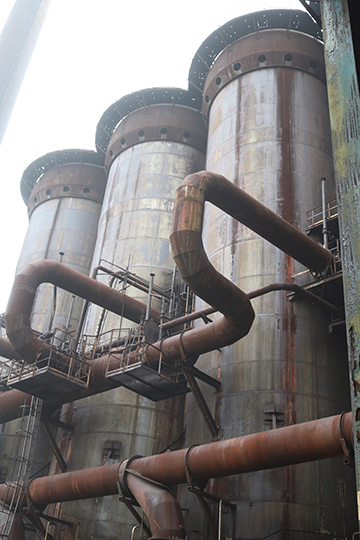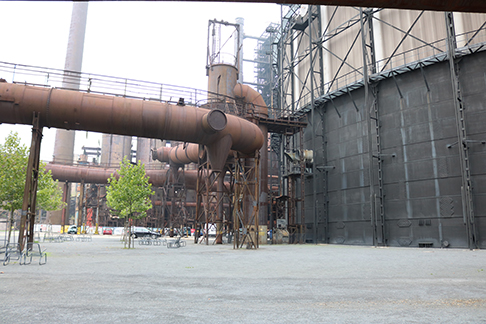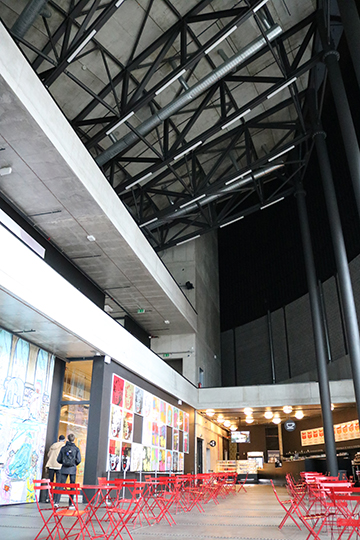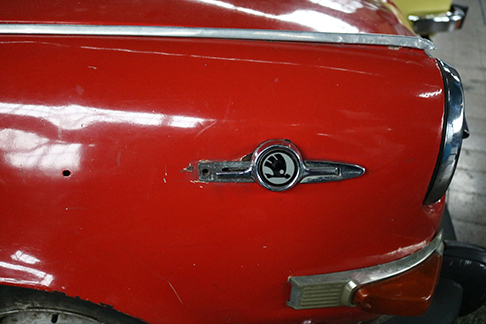David Stairs

Ruin porn is everywhere. Photos of Detroit’s semi-preserved Michigan Central Station abound, and photographers continue to document while critics and journalists debate the pros and cons of what Dora Apel in her recent book Beautiful Terrible Ruins: Detroit and the Anxiety of Decline (2015) terms the “deindustrial sublime.”

While it’s true that the American Rust Belt contains monstrous examples of gigantic former steelworks in Bethlehem, Pennsylvania and Gary, Indiana, it seems intellectually facetious to quibble about whether images of such structures constitute ruin or, what Kate Brown, in her book Dispatches from Dystopia: Histories of Places Not Yet Forgotten (2015) terms “rustalgia.” Perhaps more importantly, while images of ruined former glory abound, there are few examples of re-purposed ruin.

In America, the only instance that comes to my mind is Seattle’s Gasworks Park. A more impressive example exists in the eastern Czech city of Ostrava. A hub of industrial activity for centuries, Ostrava was located near plentiful coal deposits and became an iron-producing center as early as 1828. In the 20th century, Ostrava was valuable to Nazi war production, and became known as the country’s “steel heart” post 1945. Rapid de-industrialization followed 1989s Velvet Revolution, and coal mining formally ended in 1994.

Colors of Ostrava music festival is held at Vitkovice each year
While we tend to think of former heavy industry as “brownfields” or superfund sites in need of dismantling and restoration, the site of the massive Czech Vítkovice steelworks has been converted into a cultural space and museum center. It is the site of the Colors of Ostrava music festival, and is freely open to the public.

Exterior of former huge storage tank
A walk through the grounds is both humbling and exhilarating. Gigantic conduits and soaring towers make one feel incredibly small. But one also thinks of Camille Paglia’s famous comment about architectural grandeur: “Men made this.”

Interior of storage tank repurposed to concert hall
A mammoth tank has been converted into an indoor concert hall, and tour groups of students wearing hard hats parade the grounds outside. A museum of science and industry preserves the proud Czech history of inventions in steel, computing, railroading, and all things mechanical, even putting several classic models of Cechia’s famous Skoda automobiles on display.

Skoda, now owned by Volkswagen, is one of Cechia’s most famous brands
Vítkovice— the site has applied for consideration as a World Heritage Site— is proof that rust not only sells nostalgia, but can serve as a vibrant reminder that our industrial past is every bit as worthy of respect and recognition as the Taj Mahal or Sagrada Familia. It only remains for us to comprehend the value and beauty inherent in generations of human labor.
David Stairs is the founding editor of the Design-Altruism-Project










